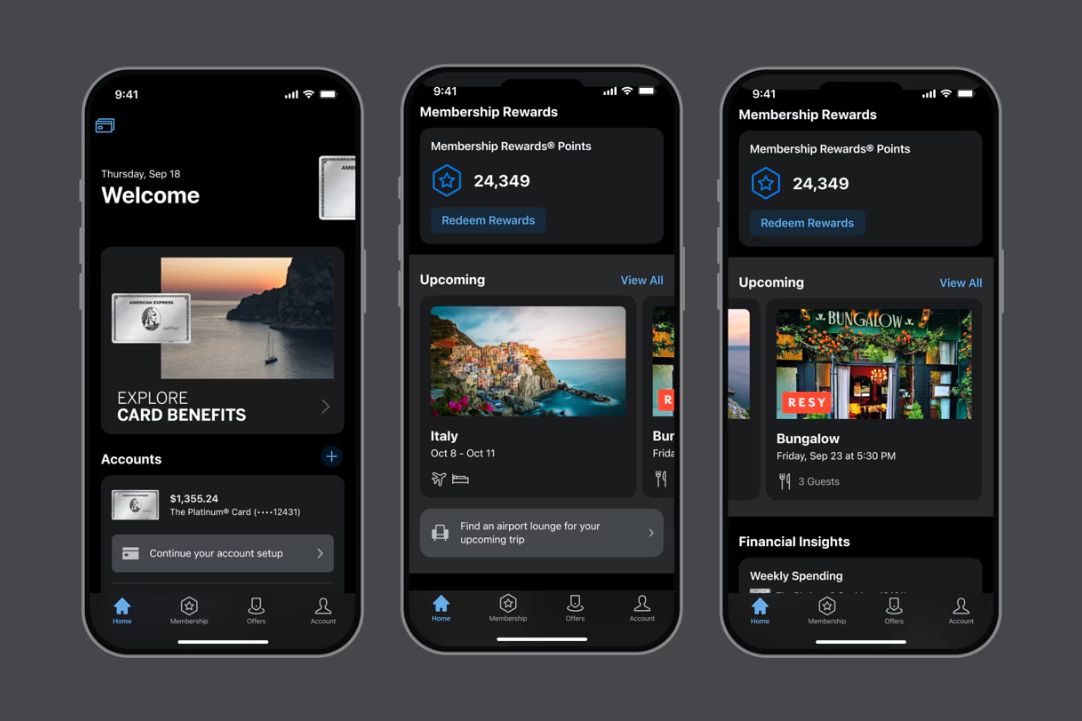American Express just pushed its Platinum card annual fee to $895, making it one of the priciest credit cards on the market. The 29% price hike from $695 comes with enhanced perks and an exclusive mobile app theme that turns the interface black - a subtle but telling symbol of premium positioning in the fintech space.
American Express is making an interesting bet on premium positioning. The company just announced a 29% fee increase for its Platinum card, jumping from $695 to $895 annually - putting it among the most expensive consumer credit cards available. But what's catching attention isn't just the price bump; it's how AmEx is using mobile app design as a status symbol.
The timing reveals strategic thinking. New cardholders pay $895 immediately, while existing customers get a grace period until January 2nd, 2026. According to American Express's official announcement, the premium tier now includes a "newly enhanced" mobile app experience with an exclusive black theme - replacing the standard navy blue interface that regular users see.
The psychological play here is fascinating. Reddit users have noted the visual change is actually quite subtle, especially when using iOS Light mode. But that's almost beside the point - AmEx is creating digital exclusivity through UI differentiation, something more commonly seen in gaming or streaming platforms.
This comes as financial services companies increasingly compete on experience rather than just rewards. The broader credit card market has been pushing premium positioning hard, with Chase Sapphire and other competitors also raising fees while adding lifestyle perks.
AmEx is sweetening the deal with substantial credits: $300 for Lululemon purchases, $400 for Resy restaurant bookings, $120 for Uber One subscriptions, and $200 toward Oura Ring purchases. The hotel credit doubled from $200 to $400 annually. These partnerships signal AmEx's strategy of embedding itself deeper into affluent consumers' lifestyle spending.
The math works if you use the perks. Heavy spenders who regularly hit these credit categories could theoretically offset much of the annual fee. But the exclusive app theme adds a new dimension - digital status signaling that costs nearly $900 annually.
What's notable is how this reflects broader trends in premium consumer technology. Companies are discovering that subtle UI differences can create powerful psychological differentiation. pioneered this with product tiers, and now financial services are following suit.











